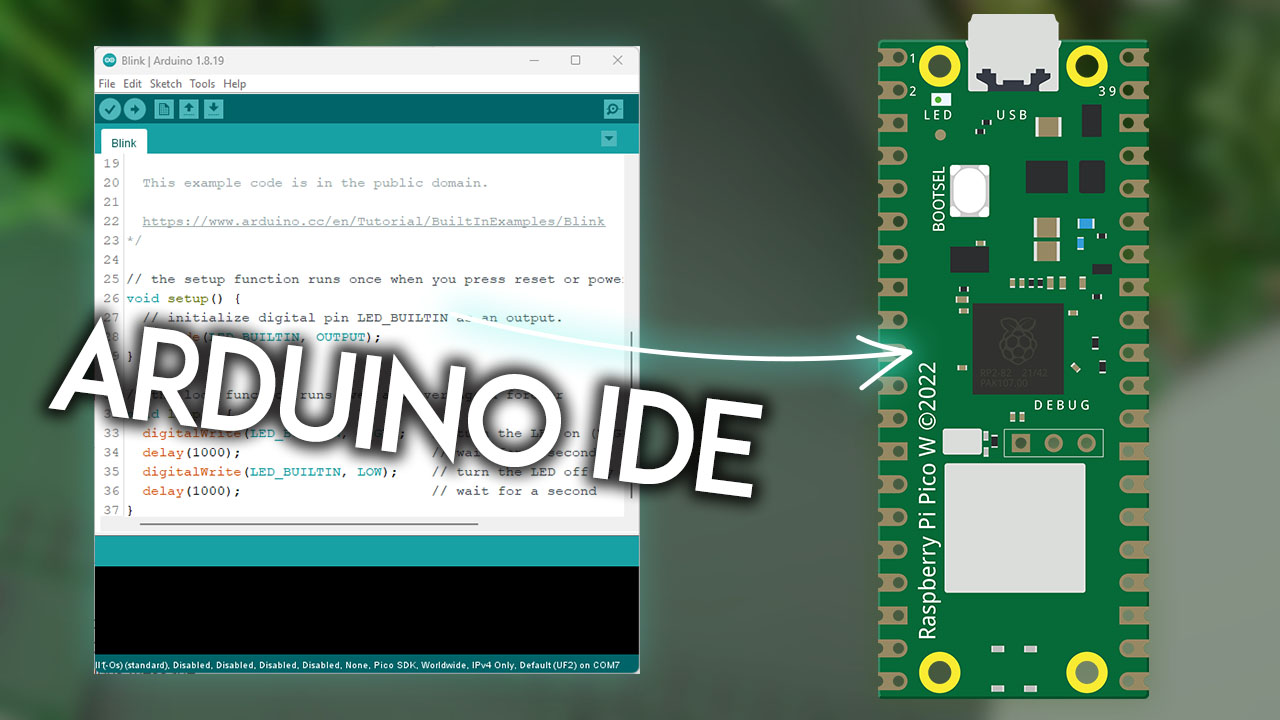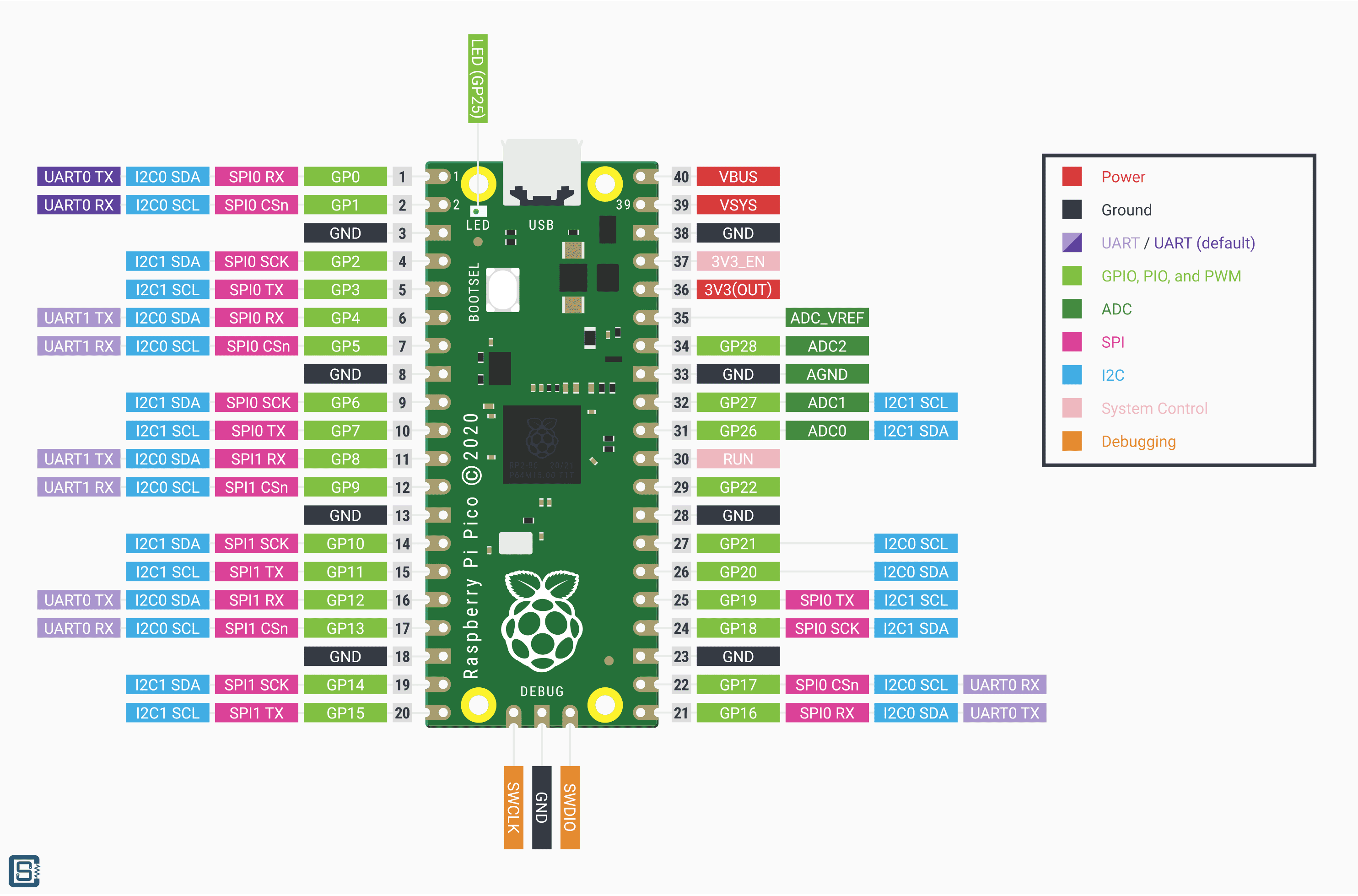Follow Us
Ads
Featured
Popular Articles
March 10, 2024
Epic Games Leaked Free Games 2024
April 10, 2024
Garlando Master Champion Foosball Table
February 01, 2024
Do Something Logo
Categories
180mm
2000
2003
2006
2008
2011
2014
201415
2015
2018
2019
2020
2021
2022
2023
2024
2030
5jho8mya6qi62mwqd3u2rarc5ghmfbxvcw9tjmtgasqfgdfwzhf
76ers
77657
aarti
about
abutment
accessories
accident
acclaimed
achieving
acid
acrylic
adolescence
advances
advantage
advice
advisors
afcon
after
aguachica
aiming
airlines
aktie
aktienkurs
aktuell
albiceleste
albuquerque
alcalde
alchemy
aldi
alison
almeida
amarth
amazon
america
american
amon
analysis
anchor
andis
angeles
angry
animal
animated
anime
announce
another
answer
answers
apartments
appearance
apple
applebees
Apples
aquarius
arabic
argentina
argentinas
arizona
arkansas
arkansass
arlington
arms
arnett
arrest
arrival
article
ascendens
asml
assembly
asten
aston
atlanta
atrophicus
attack
attacks
attention
attractions
august
aura
aurora
authorities
autor
available
avalanche
avatar
aviation
azul
baldurs
bali
balm
baltimore
banana
banned
barnabas
basketball
battle
bayern
bean
bears
beautiful
beauty
because
becoming
beklentiler
bekraeftigt
best
beste
betonschleifer
beverley
beware
bewoelkung
bicycle
billion
bins
biografia
birthstone
bitcoin
black
blie
blogger
bloggercom
blueten
boca
book
borderlands
borotalco
borretsch
boston
boys
brandon
brann
brazil
breaking
breakthrough
bremen
brenntag
brentford
brilliant
brisbane
brooklyn
brother
browns
brownstone
brunette
brunettes
buergermeister
buffet
buffetts
build
bundles
burial
butker
butter
caleb
calgary
calgaryca
cancel
cancer
candy
capacity
capsules
captivating
career
careers
carers
carmel
cast
catching
catherine
catholic
celebrate
cell
celtics
cemetery
center
central
ceremony
cero
cesar
chaine
chainsaw
champion
champions
championship
changes
charitable
chart
chelsea
chelsie
chicago
chief
childs
chile
china
chocolate
choice
christmas
cikis
city
clash
classic
classical
claw
clean
client
clinch
clippers
closures
clothing
cobain
cola
collaborate
collaboration
collateral
collection
colon
colonel
color
coloring
colors
columbus
commentary
communities
complete
compliant
comprehensive
compromiso
condanna
conduit
conference
confirm
confirmed
conheca
connecticut
connection
consecutive
constitution
content
context
continuity
continuum
controversy
convention
convincing
copa
coquimbo
cortar
cost
costume
counterpart
country
court
coverage
covid
craigslist
crayford
cream
creating
creative
credit
crew
crossing
cryptocurrency
cucumber
culinary
culture
cups
custom
dallas
daniel
daniil
dans
data
date
dates
davidson
decision
deck
deduction
defense
defensive
definen
delhi
delight
democratic
denji
denjimakima
dental
design
designs
desmond
desperate
destins
details
detected
determination
deutsch
deutschland
deux
diablo
disability
discounted
dismissed
distinguishes
dmitry
doctors
dodgers
dojo
dolly
dominates
donskoy
dortmund
down
download
downloaden
draft
drama
dress
dressage
drinks
drive
drones
dubai
dublin
duke
durga
duschgel
early
earthquake
ease
east
easy
echo
edinburgh
effross
egos
election
electrifies
eloise
emails
emblema
emergency
emma
emmanuel
encoder
endless
engine
england
english
entertainment
enthusiasts
epic
erbil
ereignis
erfahrungen
ergebnisse
etfs
euro
european
europese
event
events
every
everything
evolution
exhibition
explains
explore
extension
extremism
face
facebook
faciliteert
fade
fair
fake
Fall
fallece
falls
family
famous
fantasy
farmers
fashion
february
female
ferguson
field
fierce
film
final
financial
find
five
flagge
flames
fluss
following
food
football
form
formation
forsmark
fortnite
france
frances
franchise
free
freeze
french
friday
friendly
from
fuels
fujimoto
full
fund
funny
g500
gains
game
games
garland
garlando
garlandos
gateway
gauguin
gearboxs
gebraucht
gegen
gensol
georgia
gifs
gilmore
giovani
giphy
gleam
global
goals
gods
gold
golden
golf
google
gospel
grabbing
grammy
grand
greece
green
greenlit
group
growing
gruppe
guarantee
guardia
guide
guitar
gymnaste
hair
handbolls
happy
harden
hardness
harley
harness
harrison
hatreds
head
health
heart
hellenistic
hello
hemorragia
herald
hercules
herrar
hibernian
hidden
highest
hinted
hiring
historic
history
hits
holiday
hoodie
hopes
horoscope
hospital
hotel
housewives
houston
hugh
hydrogen
hygiene
icin
icon
idea
images
imagination
impact
importance
impressionist
incarcerated
independent
index
indias
indo
indonesia
industrial
industry
infinity
inflation
info
information
injury
inspiration
installation
insurance
inter
interiors
internet
into
introduces
introducing
introduction
investment
invests
iphone
irak
iran
iraq
ireland
isaacmans
island
israel
issue
issues
italian
itsf
izborsk
jacket
jackson
jacksons
james
japon
jersey
jerseys
jewellery
jobs
johans
johnny
jordan
journey
joven
kahler
kaisen
kaufen
kaylia
keith
kerrs
kicker
kids
kiedy
kinder
kings
kitty
klopp
know
kondal
korea
kroger
kulikovo
kupit
kuwait
labor
ladies
lady
lainey
lakers
lances
laptop
laptops
largest
last
late
latest
lead
leader
leadership
leads
league
leaked
leather
lebanon
legacy
legendary
legislativas
leichtathletik
lesseps
lichen
life
lime
line
linebackers
lineups
list
literary
little
live
lively
liverpool
local
logo
long
look
loretta
loss
lotion
louis
love
lozenge
luton
luxury
lynn
magic
main
makes
makima
making
makita
manchester
mandiri
manga
manila
manufacturing
mari
Mark
markets
maryland
master
masterpiece
match
matrix
maui
mavericks
mavs
mayar
Meadows
meaning
means
medaillenspiegel
medal
medical
medvedev
meeting
mega
melbourne
meldet
members
menstrual
menswear
mental
mercenaries
messenger
meteor
metro
mexicanos
migros
minister
minnesota
mirror
mirrors
models
moms
monstruos
more
morocco
motivational
motorcycle
mountain
movie
msft
munich
munichs
mysterious
myths
nagasaki
nail
nails
name
narrowing
nassr
national
nations
natural
navarro
near
necklace
nemour
nerd
netflix
Never
newcastle
news
newspaper
nintendo
noah
norte
north
norwich
novelty
nuggets
nvda
nvidia
oconnor
oklahoma
olycka
olympia
olympic
olympics
only
open
openings
opera
optimizing
order
organism
origin
origins
orioles
outage
outlook
overdrive
overview
owner
page
pages
palestines
panel
paralympics
paris
park
parliament
part
paso
past
pastor
patrick
peak
pearl
peking
pelo
pensions
people
perfect
performance
period
persona
personal
personality
perth
petroleos
pharrell
philips
picks
pico
piece
platforms
players
playstation
pocket
point
pokemon
polish
political
politikalari
polska
popularity
populism
porsche
portugal
post
posting
power
practice
prediction
predictions
preisgeld
premarket
premier
premiere
premieres
prepare
preseason
presence
president
press
prestigious
preston
preview
price
prices
print
printable
prix
process
product
professional
programming
projects
propitious
prospera
psvr
putra
python
quartalszahlen
quarterback
quotes
radio
rankings
rate
rayo
realtime
reason
reasoning
rebeka
reddit
reign
reimagined
relatable
religion
report
reports
request
research
result
resultados
resultat
results
return
reunion
review
reviews
revolutionary
rheinlanddamm
rhine
ridder
rings
risk
rossii
roster
rovers
rugby
rugby365
running
sabalenka
saddlebag
saga
sakshamta
salary
sale
salmonella
santa
saving
scapes
scene
schauspieler
schedule
scholten
schottland
scorers
scotland
season
seasons
seats
seeks
semifinals
senators
september
serbia
serie
server
service
services
share
shareholder
shareholders
sheep
sherif
shield
shine
shoigu
shop
shorts
shower
shows
sides
signs
simulation
sind
singer
single
sister
skin
skylax
slovenia
snatch
soars
social
sociales
sodom
software
something
songs
songtext
sound
southampton
spanish
speed
speeding
spell
spread
stadium
stage
stand
standard
standings
star
stargate
starting
state
stats
steakhouses
stock
stop
store
story
stoughton
strategic
stray
stream
streaming
study
suarez
succesvolle
sudamericano
suede
sunday
sunset
sunshine
superhero
survivor
suspected
sverige
swag
swiatek
swift
swifts
swimmers
swimming
swimsuit
swingman
sword
symbols
table
tale
tamil
tammy
tantra
tatsuki
taylor
team
technology
teilnehmer
temperaturen
tennis
texans
texas
than
that
therme
thing
third
this
thomas
thrilling
through
tickets
tiktok
timeless
times
tips
tire
toby
today
torn
town
township
trade
trailblazing
trailer
traits
transfer
transfermarkt
travel
trevor
triumph
trumpet
tucuman
tuerkiyenin
tuesdays
tupac
twentes
twins
twitter
uefa
uitslag
ukraine
ullern
ultimate
ultra
umsatzzuwachs
Uncategorized
unforgettable
unfortunate
united
unites
univ
unmanned
unsung
unterschied
until
unveiling
unveils
updates
upheaval
uruguayan
usaa
used
vaccine
valentines
vanguard
vehicles
verkiezingen
vibrant
victorias
victory
video
villa
virginia
virus
visitors
voice
voters
vtuber
wactor
wallpaper
wang
wardrobe
warning
warren
warriors
warum
washington
water
wednesday
week
weekly
weitreichenden
welcomes
wembley
west
westfalenhalle
westphalia
what
where
wichtig
wiki
wikidot
wikipedia
wildlife
willem
wilson
winners
wins
winter
witch
with
wizard
wollen
woman
wonder
world
wrexham
yankees
yollari
your
youtuber
yuval
zach
zeitzone
zekrom
zoroark
ztbl
More from our Blog
Proin consequat purus sit amet blandit sollicitudin. Aliquam in consequat libero. Morbi sollicitudin dignissim erat laoreet interdum. Phasellus magna velit, consectetur iaculis tincidunt. Mauris vitae nibh sed felis aliquet dictum sed egestas mauris. Mauris in eleifend libero.


Comments